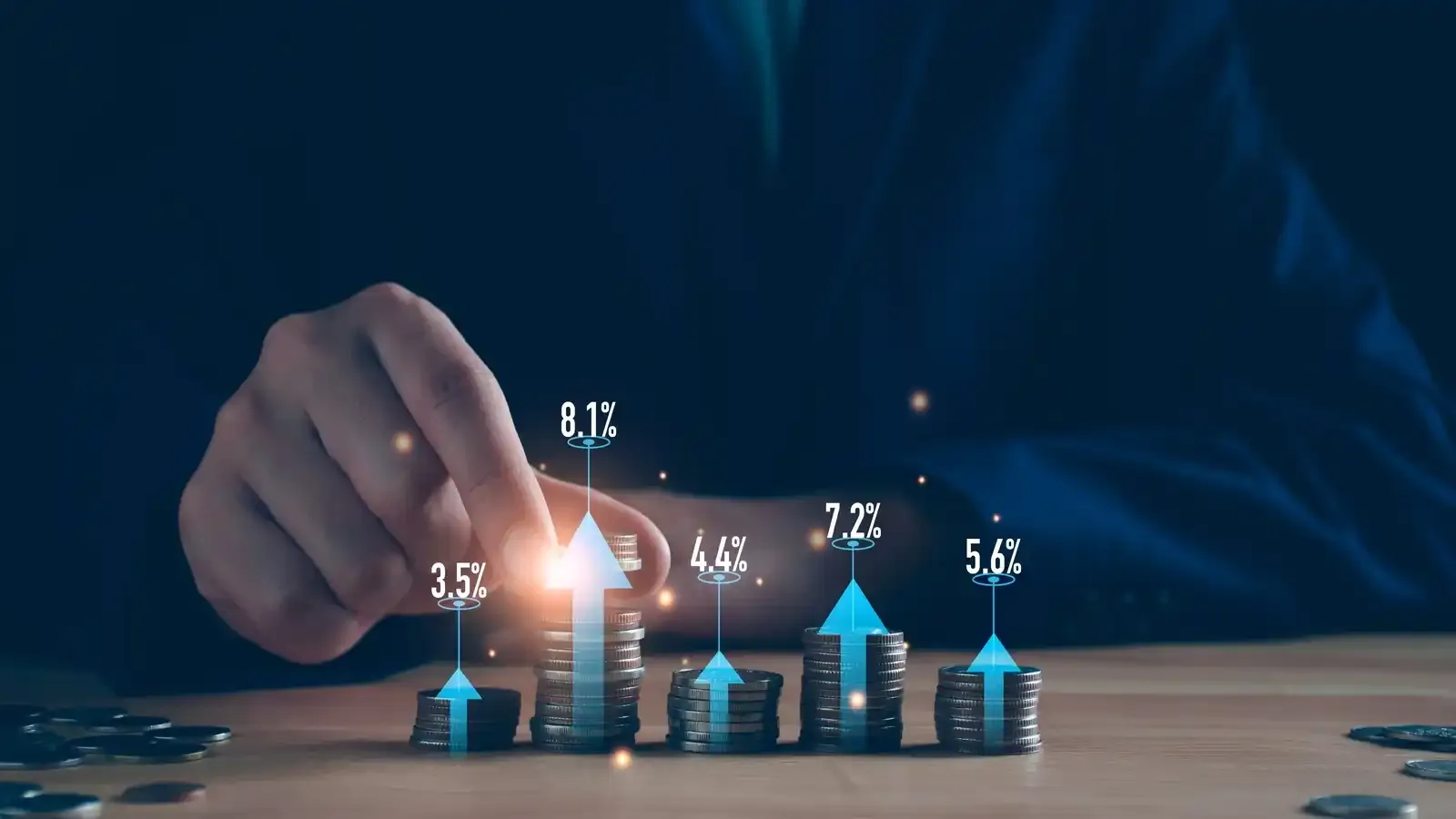What are Stock Splits in India - Meaning, History & How it Works
Written by Mariyam Sara
2 min read | Updated on October 16, 2025, 17:52 IST

What is a stock split?
A stock split is a corporate action that is used to control the price of the shares and their liquidity. When a company wants to increase the number of shares in the market, instead of issuing new shares, it opts for a stock split. A stock split doesn’t impact the value of the shares you hold, it only changes the number of shares.
Many investors confuse stock splits with stock dividends. You see, in a stock split, no new shares are issued, the existing shares are split, whereas in a stock dividend, the investors eligible for the dividend receive an additional share in a certain ratio.
Types of stock splits and why companies opt for them
There are two types of stock splits
Forward stock split
In a forward stock split, the existing stock is split into multiple shares according to the ratio decided. A forward stock split helps companies make the stock more affordable for new investors and to increase its liquidity in the stock market.
For example, Company A has declared a stock split of a 2-for-1 ratio, meaning 1 share will be split into two shares. The face value of the changes will change as well. If earlier the face value was ₹100, after the forward stock split, the face value per share will be ₹50 ( ₹100 ÷ 2).
Reverse stock split
In a reverse stock split, multiple shares are compiled into one, which increases the share price of the company by reducing the number of shares. Companies with very low share prices face the risk of being delisted if the share price doesn’t meet the minimum requirements. A reverse stock split also helps companies attract institutional investors like mutual funds and other institutional investors.
For example, Company B decided to perform a reverse stock split in a 1-for-3 ratio, where 3 shares will be consolidated into 1 share. This will increase the face value of the shares, meaning that if earlier 1 share was of ₹100, after the reverse stock split, the price of 1 share will be ₹300 (3 shares x ₹100).
How do forward stock splits benefit you as an investor?
How do reverse stock splits benefit you as an investor?
When a company performs a reverse stock split, it increases the face value of the shares by reducing the number of shares. This increased face value will attract big institutional investors who will hike up the share prices.
A reverse stock split has to be accompanied by a strong growth strategy. If a company doesn’t have an action plan to further improve its financials, then even a reverse stock split will fail to attract big investors.
Corporate actions like stock splits, bonus share and rights issues indirectly impact the shareholders of the company. Whether it would be a negative or a positive impact depends on the company's strategy.
About Author
Mariyam Sara
Sub-Editor
holds an MBA in Finance and is a true Finance Fanatic. She writes extensively on all things finance whether it’s stock trading, personal finance, or insurance, chances are she’s covered it. When she’s not writing, she’s busy pursuing NISM certifications, experimenting with new baking recipes.
Read more from Upstox
Upstox is a leading Indian financial services company that offers online trading and investment services in stocks, commodities, currencies, mutual funds, and more. Founded in 2009 and headquartered in Mumbai, Upstox is backed by prominent investors including Ratan Tata, Tiger Global, and Kalaari Capital. It operates under RKSV Securities and is registered with SEBI, NSE, BSE, and other regulatory bodies, ensuring secure and compliant trading experiences.